Hundreds of students turn their eyes to the sky to experience history
On the first day back on campus, students usually gather outside to throw a football or Frisbee around and to catch up with friends before busy class schedules start. This year, the quads still sported hundreds of students hanging out and playing sports, but there was a marked difference. Many students sported pairs of paper sunglasses and enjoyed slightly dimmer sunlight than usual.
Monday, August 21, marked the day of a solar eclipse, during which the moon’s orbit crosses in front of and obscures the sun. In this eclipse, the moon’s shadow traced a path across the United States, beginning in Oregon and ending in South Carolina. American cities such as Kansas City, St. Louis, and Nashville experienced a total solar eclipse, while South Bend witnessed 89 percent coverage of the sun.
The College of Science and the Physics Department hosted an eclipse watch in the Jordan Hall of Science, featuring telescopes and free solar eclipse glasses for safe viewing of the event. Special equipment was necessary because looking at a solar eclipse with the naked eye is extremely dangerous and can cause permanent vision damage. Long lines formed as students, faculty, and South Bend families waited to get their hands on coveted eclipse-viewing glasses. For the rest of the afternoon, heads turned up toward the sky every couple minutes to track the progress of the moon across the sun.
Unfortunately for some, eclipse glasses were in somewhat short supply. “We had to share the glasses between a few people,” freshman Alexis Waldschmidt told the Rover. “But being able to watch the eclipse take place was really interesting.”
At 2:22pm, the solar eclipse in South Bend reached maximum coverage. Though the day did not darken as much as cities in the path of totality, the light was noticeably dimmer. When viewed through eclipse glasses, the sun appeared as only a bright sliver.
Because South Bend did not witness a total solar eclipse, many students turned to their friends on social media to further experience the Great American Eclipse.
“While I wasn’t home to experience totality, it was cool to watch posts on Snapchat,” Natalie Behrens, a native of St. Louis, Missouri, told the Rover. “Seeing the before and after shots was interesting because it actually looked like night and day.”
Sophomore Britlyn Barnes also looked at social media because, she admitted, the actual eclipse “wasn’t that interesting to watch from South Bend” since it did not reach totality.
“It was cooler to watch Snapchat stories of it going pitch black,” she explained. “I had friends in Nashville, and while for us it just got a bit dim, for them it got dark, and that was cool to see.”
The solar eclipse gave the campus the chance to come together and watch history together. For freshman Ellie Gardey, the eclipse watch was one of her first college experiences. Now that the upperclassmen had moved in as well, she enjoyed observing how campus life worked for events such as this.
“It was really cool to see the whole community out together watching the eclipse,” she told the Rover. “I waited in line for an hour to get the free glasses, and it was a good opportunity to talk with new friends and experience something together. It was well worth the wait.”
Monica VanBerkum is a sophomore anthropology major living in Cavanaugh Hall. In her free time, she enjoys running the West Bank trail and training for interhall flag football. Contact Monica at mvanber1@nd.edu.
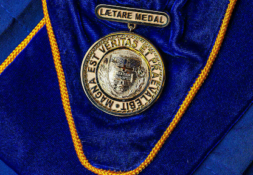
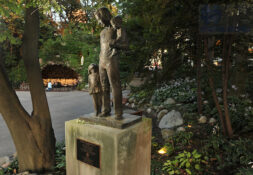
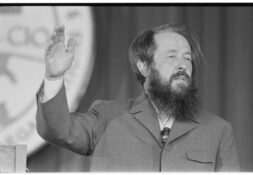
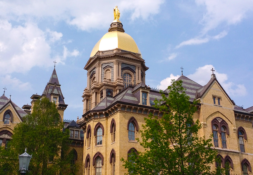
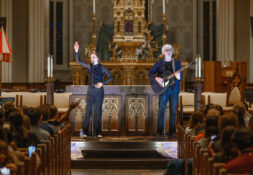

Leave a Reply